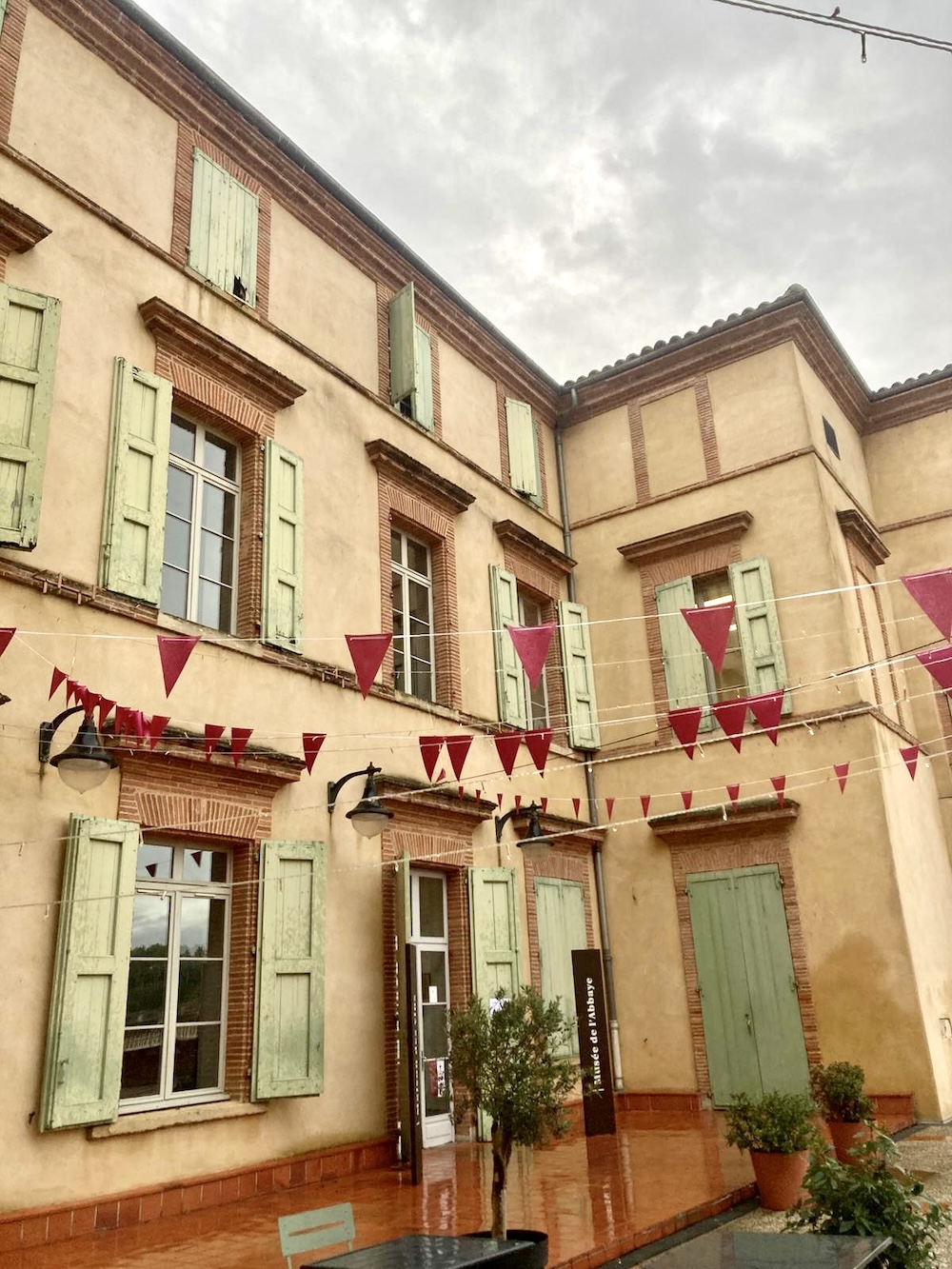
Discovery
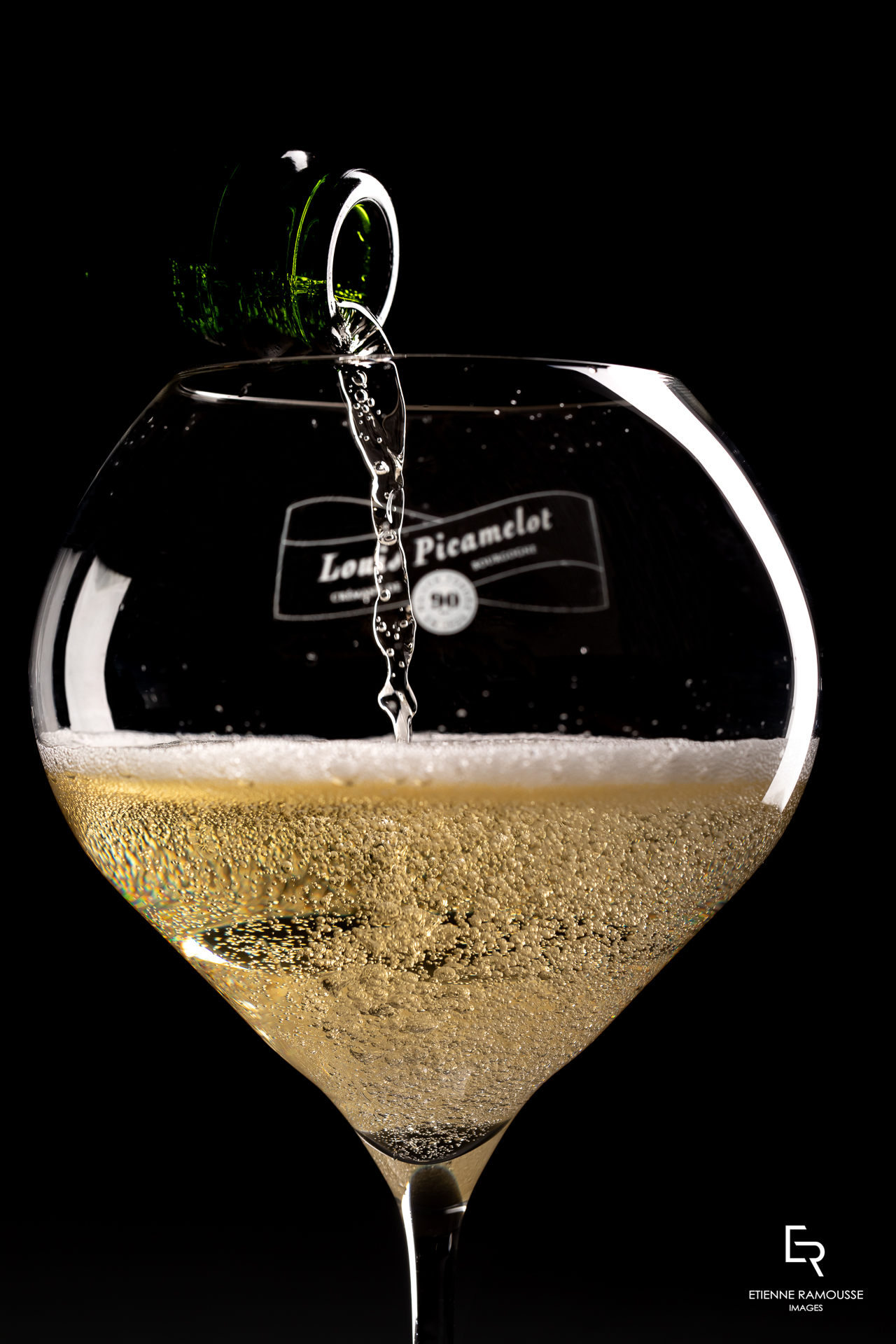
Discovery
By Jean-Paul Burias - Photographs : Courtesy of the Estate - Etienne Ramousse, posted on 11 August 2025
In the heart of the French wine region that boasts the largest number of appellations, the emergence of a category other than still wines might come as a surprise. Although they do not really compete with Champagne, Crémants de Bourgogne certainly have quality credentials and excel for their ability to create a loyal following among fine wine enthusiasts.
The Crémant de Bourgogne wine industry involves 3,200 businesses, producing 254,000 hectolitres and 22 million bottles in 2023. The wines are riding the crest of strong consumer dynamics, fuelled by attractive price points and the ease with which they can cater to any occasion, from the aperitif through to dessert. Although Burgundy has been producing sparkling wines since the 18th century, it was not until 1975 that the regional appellation was legally rubber-stamped. “After the heyday at the end of the 19th century and turn of the 20th, then challenging times after the Second World War, the advent of Crémant de Bourgogne laid the foundations for a new era paving the way for renewed success”, claims Pierre du Couëdic, managing director of the Union des producteurs et des Élaborateurs de Crémant de Bourgogne (UPECB). “Since then, its reputation and image have gradually grown in the French market, starting in the 1990s, and then in 2000 in export markets”. The appellation is now booming and with each passing year it corners new domestic markets, now ranking third by volume in France, after Crémants d’Alsace and Crémants de Loire. It is also successful overseas, particularly in the United States, its leading foreign consumer country, despite competition from Spanish Cava and Italian Prosecco. That’s for the metrics, but what the appellation’s exponential growth really underscores is recognition of genuine craftsmanship.
Since 1951, Crémants by Vitteaut-Alberti have capitalised on their outstanding vineyard sites to develop their aromatics. Company founders Lucien Vitteaut and his wife Maria, née Alberti, made the unusual decision at the time to specialise in crafting sparkling white wines. In 2004, their granddaughter Agnès, the daughter of Gérard and Danielle Vitteaut, joined the company to perpetuate the family ethos combining fine bubbles and elegance. “Growth has been incremental and tastes have changed, from the historic white Crémant to rosé in the 2010s then the Blanc de Blancs and for the past five years, wines with lower dosage”, she says. “We cater to changing demand and our audience’s preferences by releasing special labels and ensuring lengthy maturation. The wines are successful because of their low alcohol content, robust quality credentials and strict production criteria, including harvesting by hand and two approval procedures, one for the base wine, the other for the finished wine”. The reputation and prestige of Burgundy are an advantage in export markets, with an understandable appellation that is not complex. “Our positioning is good in relation to rival Champagne, for example”, adds Vitteaut. “A lot of our wines sell for informal occasions, just for the pleasure of uncorking a bottle. Crémant de Bourgogne has a relaxed style and is more accessible for people who are not knowledgeable about wine”.

Agnès Vitteaut who runs Domaine Vitteaut-Alberti
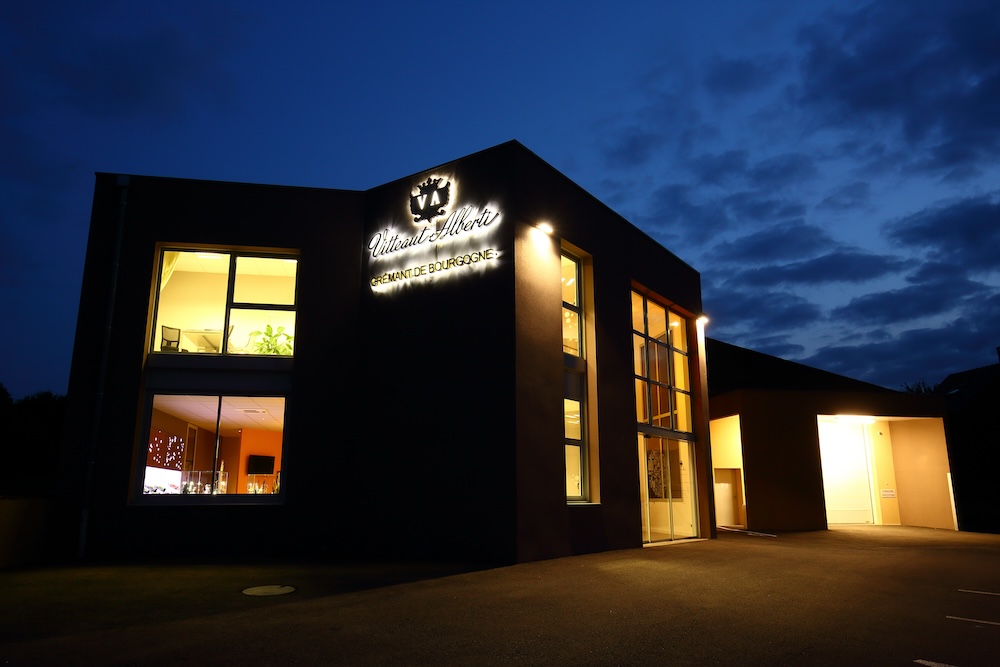
Domaine Vitteaut-Alberti
Since its first medal in 1908, Maison Veuve Ambal has consistently garnered accolades from the most prestigious competitions and now stands as the largest Crémant de Bourgogne producer. Its story is moving and impressive. Anne-Marie Ninot was born in Rully in 1859. At the age of twenty she married Antoine Emile Ambal, a banker living in Paris with whom she had two children. When her husband passed away, she returned to her home village. In 1898, she decided to establish a wine business and call it Veuve Ambal. Now a benchmark producer, the company moved to a futuristic-looking building on the outskirts of Beaune in 2005. In 2010, Aurélien Piffaut, the sixth-generation family representative, brought his dynamic mindset to the company. “Our Crémants have distinctive elegance and finesse”, he explains. “They are made primarily from Chardonnay and Pinot Noir, with some touches of Aligoté and Gamay and they offer up delicate aromas of white fruits, flowers and brioche notes. The second fermentation in the bottle, combined with ageing on the lees for 12 to 18 months ensures that the taste experience is appetising and ethereal”. Increased demand for sparkling wines coupled with appealing price points, pleasure, origin and authenticity have acted as a magnet for a large audience. “Our success hinges mainly on the long-term loyalty of our customers and more recently on the headway we have made in export markets. We are available in 70 countries”, stresses marketing director Florian Migeon. “Our Crémants made using the traditional method offer outstanding value yet also encapsulate the distinctive character of Burgundy. This approach appeals to customers looking for quality and authenticity.
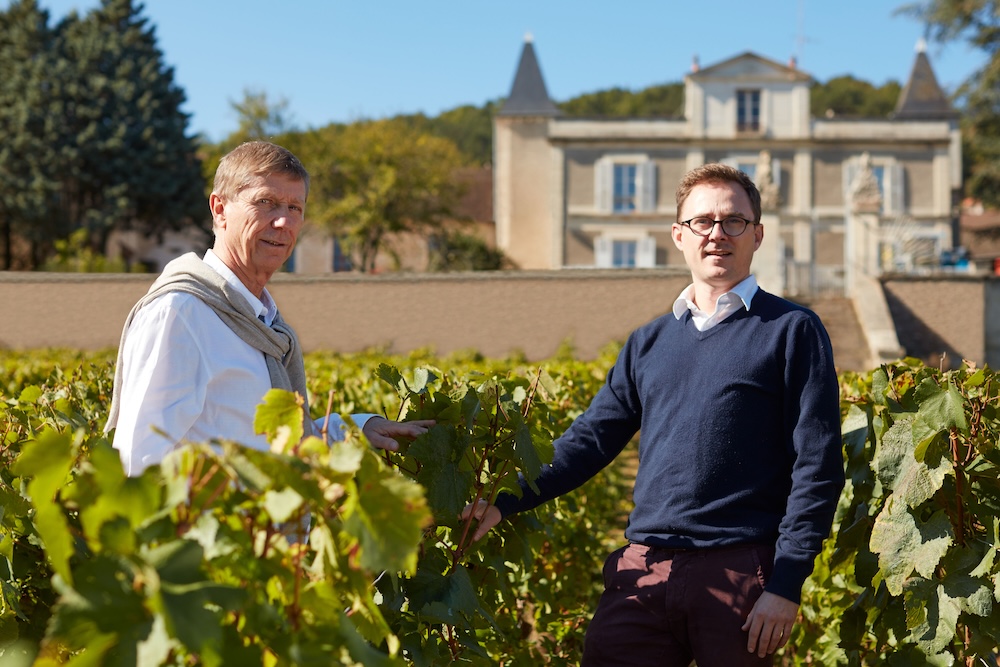
Éric and Aurélien Piffaut, the fifth and sixth generation at Veuve Ambal
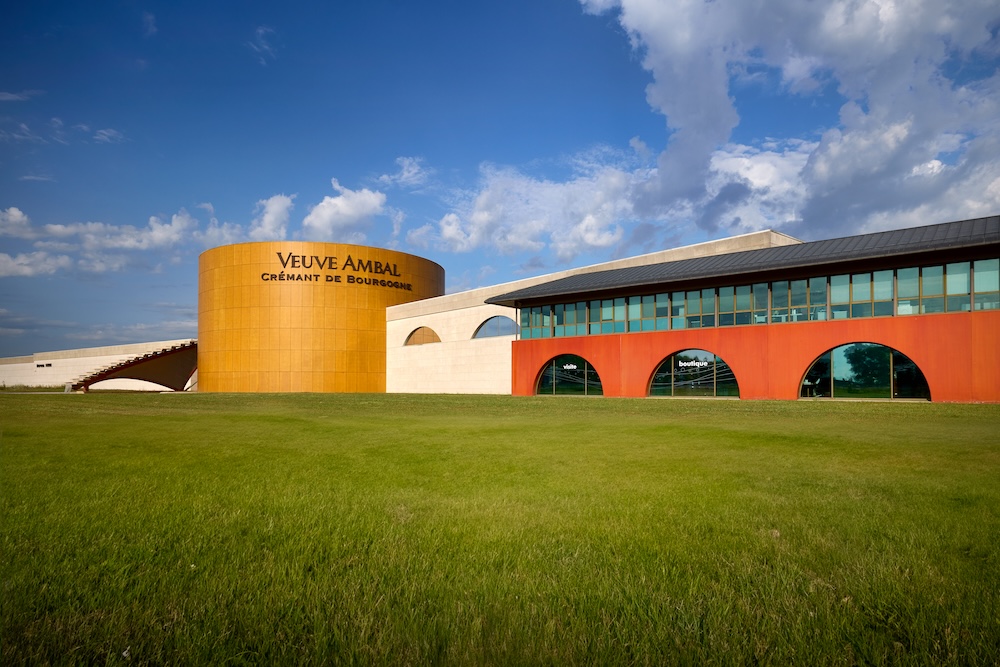
The futuristic facilities at Veuve Ambal
Established by Charles Loron in 1932, this company is unique in that it is the only one in Beaujolais to make traditional, authentic sparkling wines. From the vineyard through to bottling, it promotes the inherent character of each vintage through careful monitoring and control over the winemaking and maturation processes. As the fourth-generation family representatives, Frédéric Loron and his sister Sandrine joined the company in 1992 and 1996. “Our Crémants are made from Chardonnay and/or Pinot Noir, which we feel are the best varietals”, shares Sandrine. “They lean towards finesse and compete with many Champagnes. Consumers took a long time to accept Crémant because when it was originally created, they viewed it as a basic sparkling wine. But now, because of its quality and value for money, it is far from being a poor second to Champagne and often replaces it”. The company’s comprehensive range of Crémants and Blancs de Blancs includes the Impériale Brut label which encapsulates all these unique features behind its crystalline hue, incredibly fine bubbles and aromas that fully express maturity.
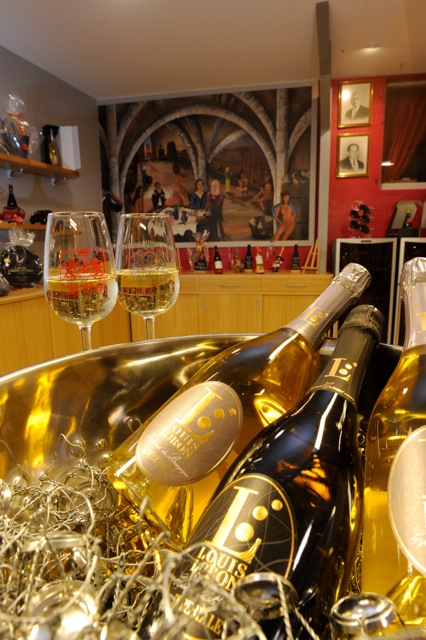
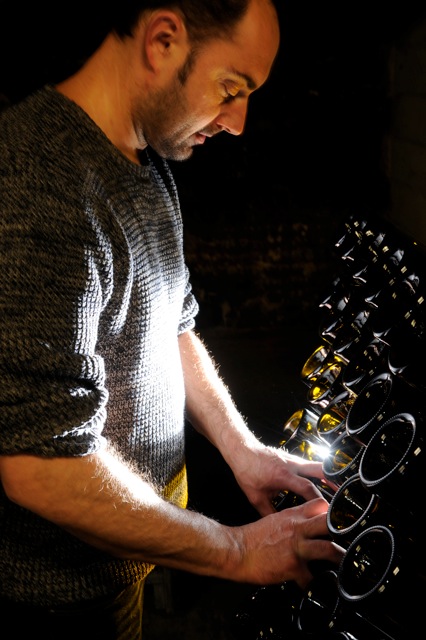
Frédéric Loron who joined Loron Louis et fils in 1992
Trailblazing, visionary winemaker Louis Bouillot was one of the first in 1877 to turn grapes of noble lineage into sparkling wines with true breed in Nuits-Saint-Georges. The company remains true to his resourcefulness and continues to explore the realms of palate-pleasing wines. “Our Crémants truly express the beauty of the fruit from Burgundy grape varieties”, feels director Pierre Jury. “Through hard work, the company’s reputation has consistently grown since its inception. Production specifications have been honed to aim for excellence year after year. Its image is heading in the right direction and it now boasts global acclaim”. Most producers own vineyards earmarked for sparkling wines. “Alongside Jura, Crémant de Bourgogne is probably the sparkling wine that is most like Champagne, both for the use of Pinot Noir and Chardonnay and for its location”, adds Jury. “We also have a favourable name which is aspirational for wine enthusiasts worldwide. Our Crémants enable consumers to access Burgundy at prices that are reasonable to say the least”.
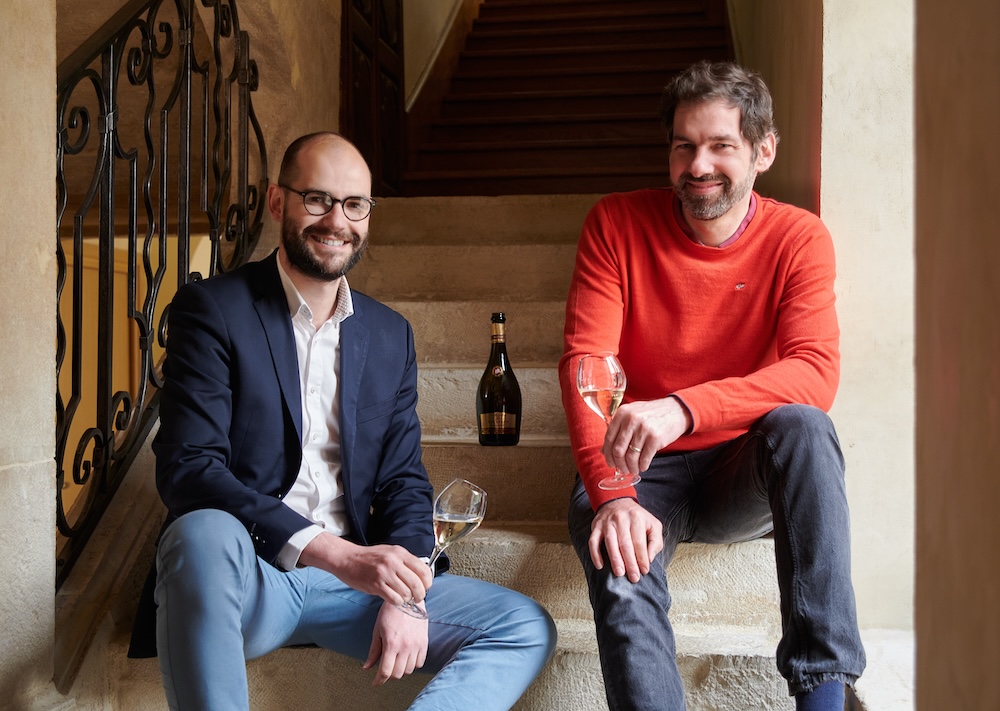
Director Pierre Jury and winemaker Frédéric Brand at Maison Louis Bouillot
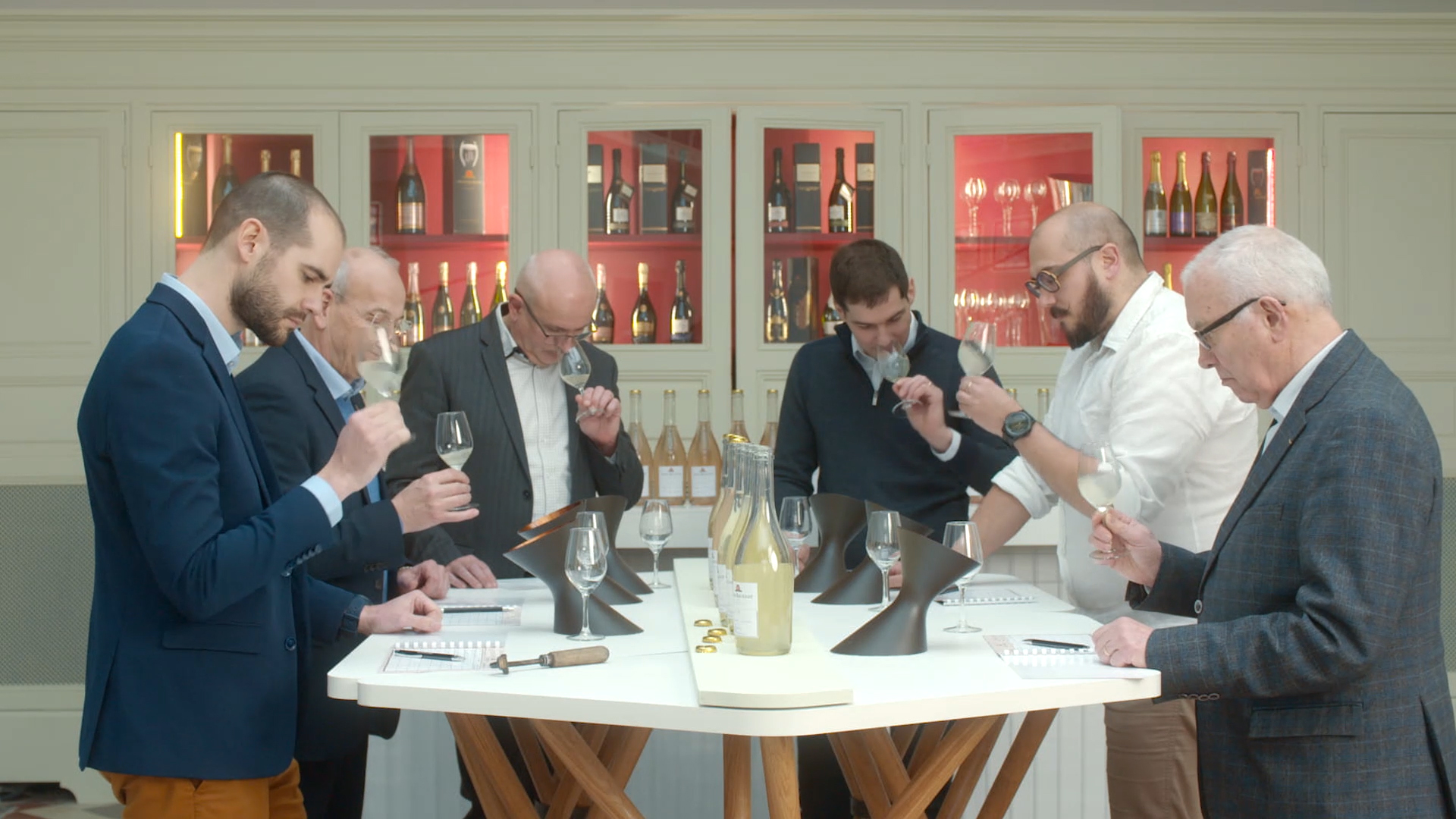
The team at Maison Louis Bouillot
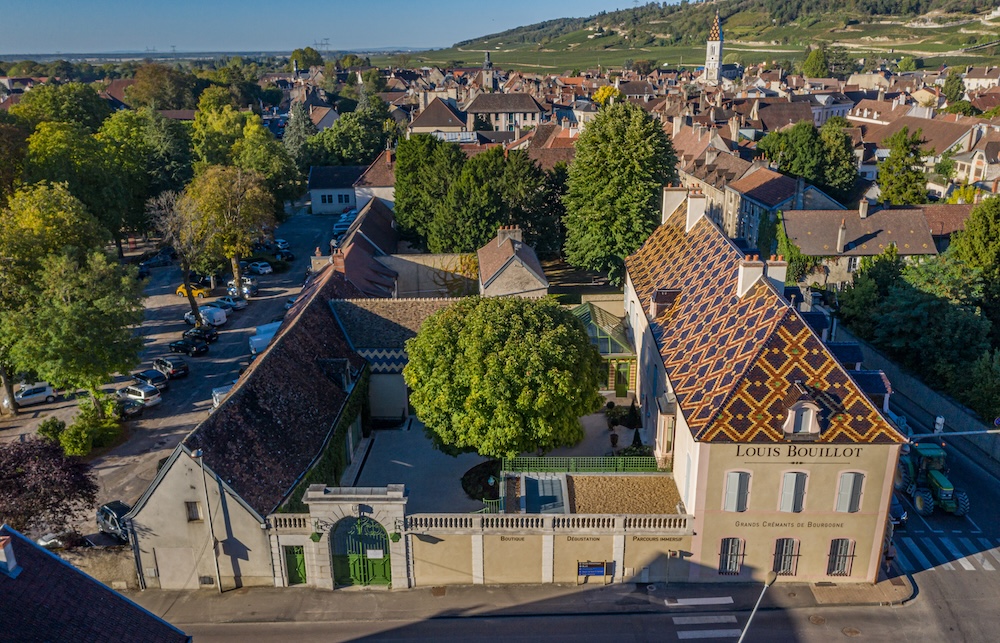
Maison Louis Bouillot
The unspoilt countryside of the Châtillonnais area is a key area of Burgundy with its own special place in the region and a reputation that continues to grow. Its location along the border with Champagne explains its focus on producing subtle sparkling wines. Planted on steep hillsides with good aspects, the vines enjoy optimal conditions for grapes to ripen. Sylvain Bouhélier planted the estate’s first vineyard blocks in 1988. He was joined by his wife Anne in 2006 then by his son Paul in 2016. “Our range of Crémants explore every aspect of our terroirs, our grape varieties and the traditional method”, explains Paul Bouhélier. “We aim for ripe fruit and flavour finesse. The Châtillonnais area promotes highly beneficial freshness and purity”. Despite this, Crémant de Bourgogne originally struggled and had to convince consumers before it could establish a name for itself. “There was no market research or wide-reaching marketing campaigns”, adds Bouhélier. “Just winegrowers who were convinced that their vineyard sites were felicitous for growing vines and that they had the appropriate skill set. Success came gradually and has increased over the past few years due to strong export growth. Consumers realised what incredible value for money the wines offered. Ultimately, Crémant is part of Burgundy’s long history of producing sparkling wines, which admittedly people are still unfamiliar with but is rich and unique”.
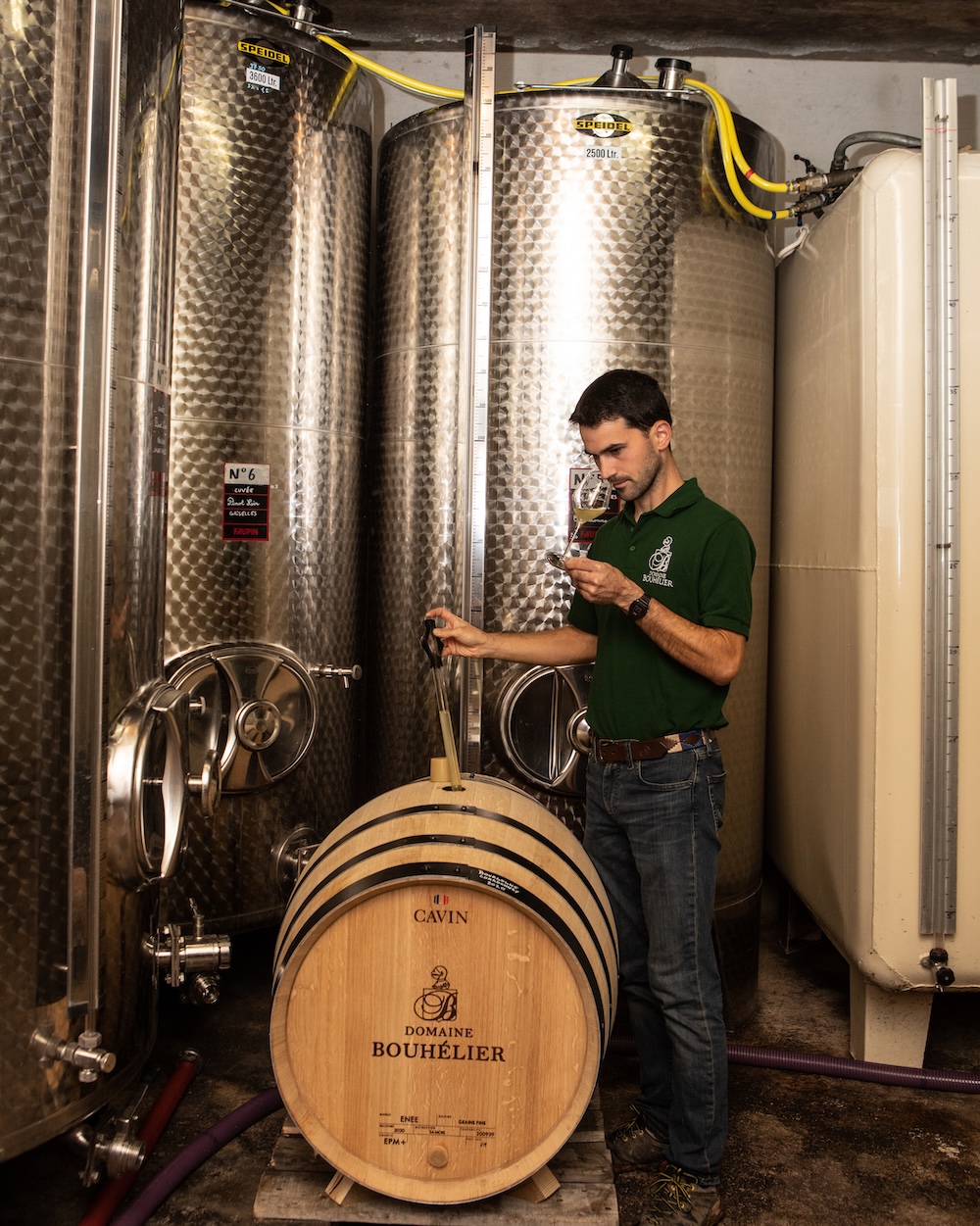
Paul Bouhélier in the winery where the estate’s wines and Crémants have been made since 2017.

The team at Domaine Bouhélier, Anne, Sylvain and Paul Bouhélier with their staff
Founded in 1945, Maison Albert Sounit has been Danish-owned since 1993, with Søren Nørbjerg as its main shareholder since 2022. The local team is managed by director Anne Mourllion and winemaker Sébastien Sécher who now farm 16 hectares under vine and buy in some fruit to complement the range. “Our strength is that we produce as much Crémant as still wine, with 60,000 and 65,000 bottles respectively, which makes us unique”, explains Mourllion. “The soils are primarily clay-limestone and promote production of remarkable Pinot Noir and Chardonnay”. The estate is mindful to protect the environment and has always been farmed sustainably – in 2022 it committed to securing organic certification. “Our Crémants are defined by their minerality, their freshness and their finesse”, comments Sécher. "We ship a lot of them to Denmark, Italy and Belgium where the level of satisfaction is high”.
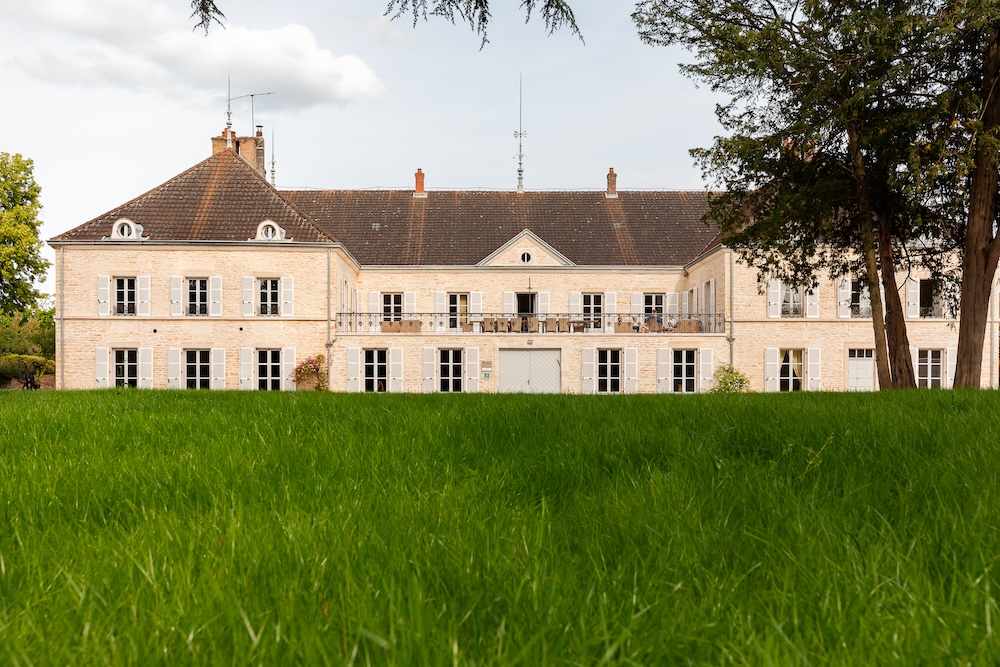
Maison Albert Sounit
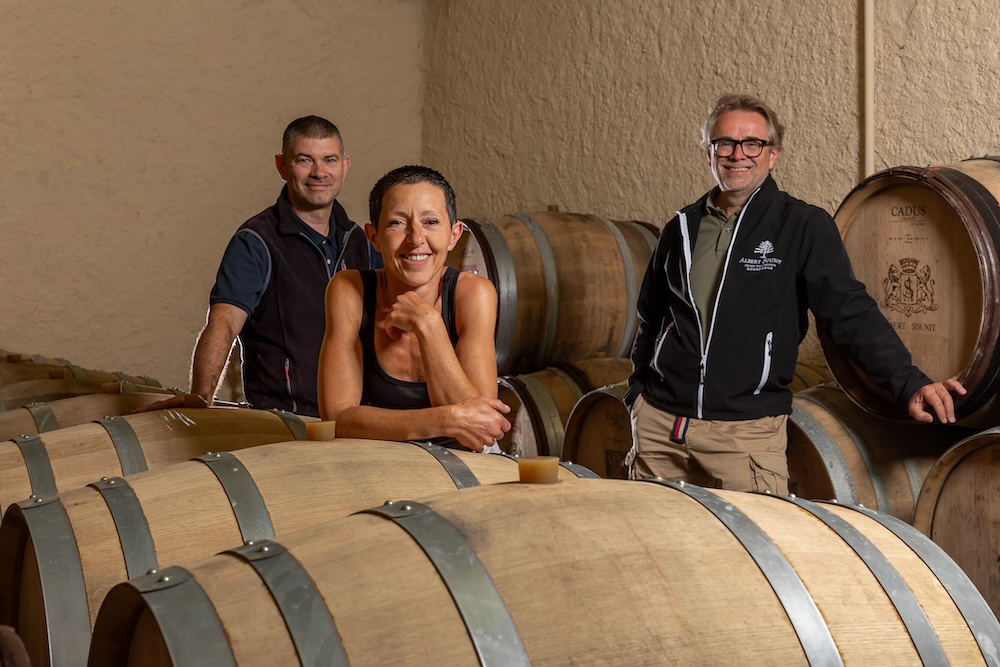
Anne Mourllion, director of Maison Albert Sounit with owner Søren Nørbjerg and winemaker Sébastien Sécher
Located just a stone’s throw from Château de Rully, Maison Louis Picamelot is an obligatory stop-over for anyone who loves Crémant de Bourgogne. Its history began in 1926 when Louis Picamelot made a name for himself by becoming one of the village’s first winegrowers to start producing traditional method Burgundy sparkling wines. His grandson Philippe Chautard, the winery’s current owner, joined the company in 1981 before taking over management in 1987. “Our Crémants are Burgundies first and foremost. They pair with all types of food and hinge on the region’s three iconic grape varieties, Pinot Noir, Chardonnay and Aligoté”, he explains. “More specifically, the wines are 100% vintage labelled and fall into four major categories: gourmet food wines, single-vineyard labels, vineyard blends and tribute labels like 90 Ans and Héritage 1926”. Their level of excellence was confirmed beyond doubt by our tasting panel who scored them from 90 to 92 out of 100 in the latest tasting.
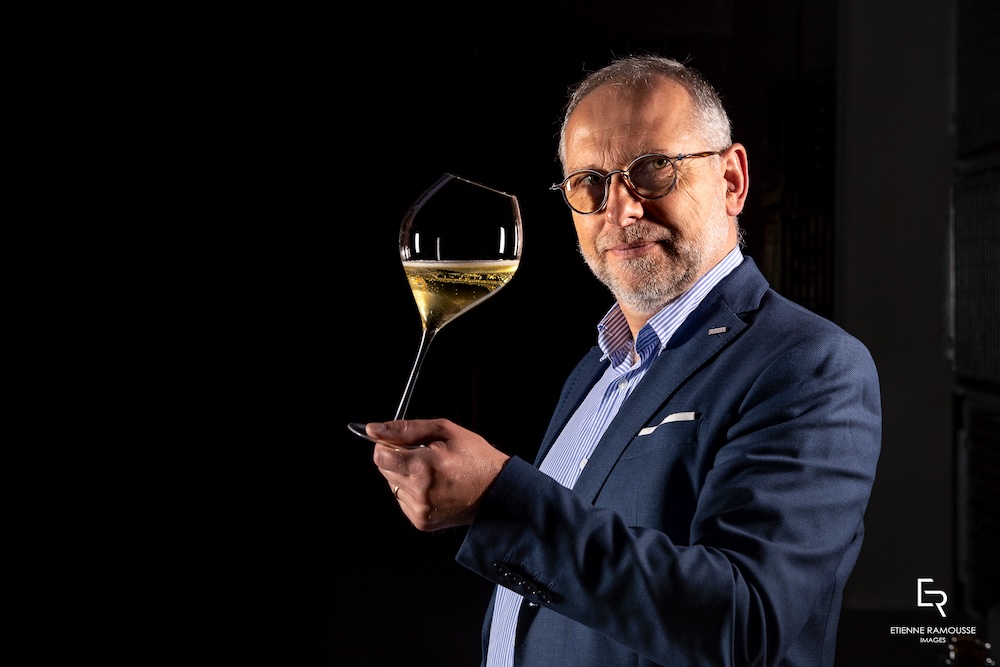
Philippe Chautard, the owner of Maison Louis Picamelot
The vitality of Crémants de Bourgogne is no longer a surprise but an impressive reality. Quality sparkling wines are popular, particularly considering the trend for aperitif-style drinking occasions. There are multiple reasons for their success. “To exist, you need volume and supplies”, analyses Pierre du Couëdic. “The number of companies is growing as are marketing channels. Obviously, the quality and price of the wines also factor into the equation”. Crémant de Bourgogne is modelled after its famous region and specific features. Its grape varieties, its terroir, its prominent companies and its history mean that it cannot be separated from the other appellation wines. Admittedly, competition is proving to be increasingly complex, involving rival sparkling wines, the cocktail trend and beer. But with nearly 50% of sales in export markets, it is the perfect fit for current drinking habits, be that after work, for relaxed occasions, for sharing or quite simply for the sheer enjoyment.

Discovery
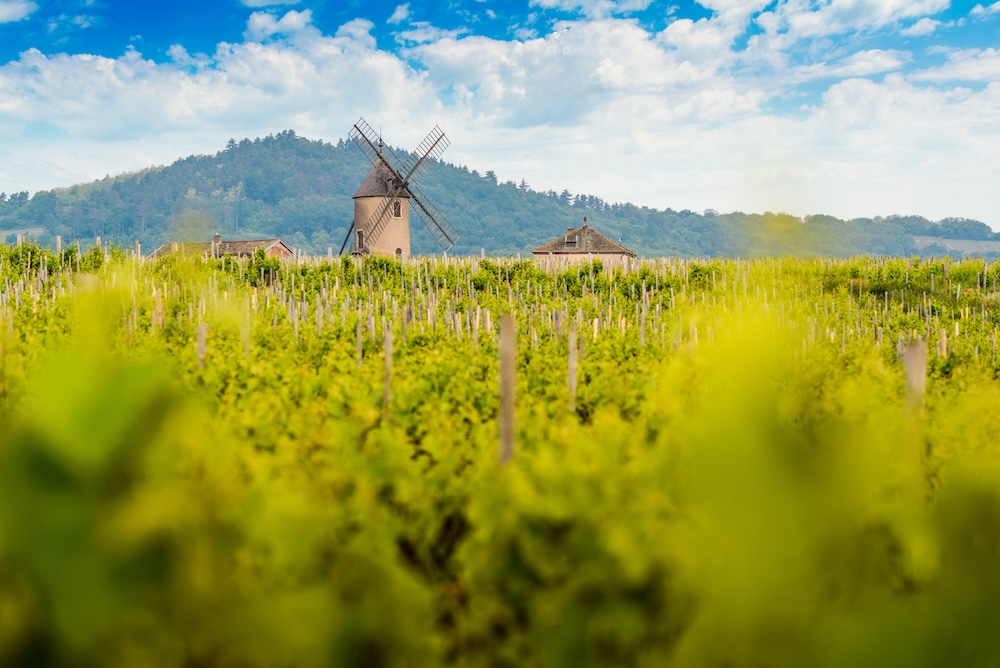
Discovery
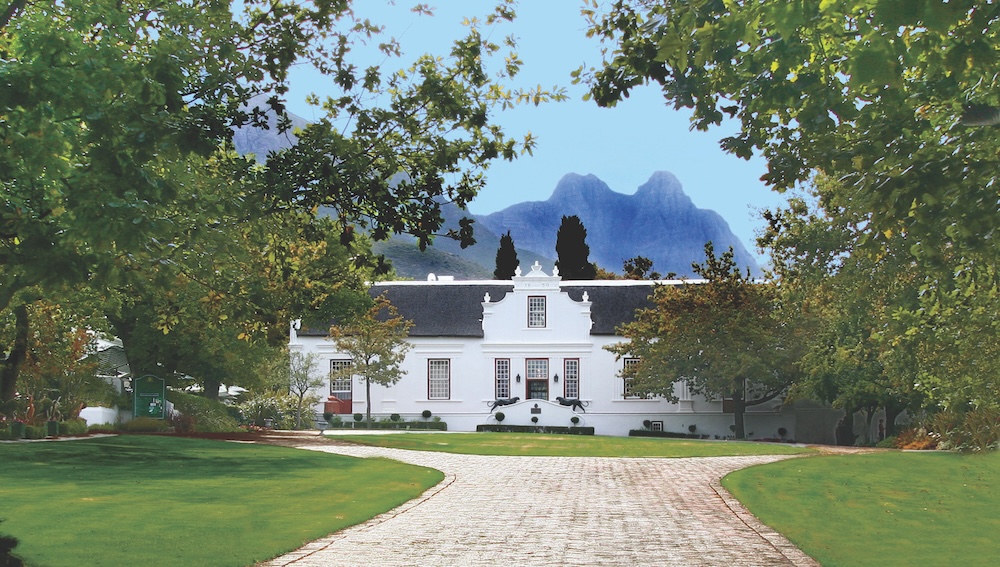
Discovery